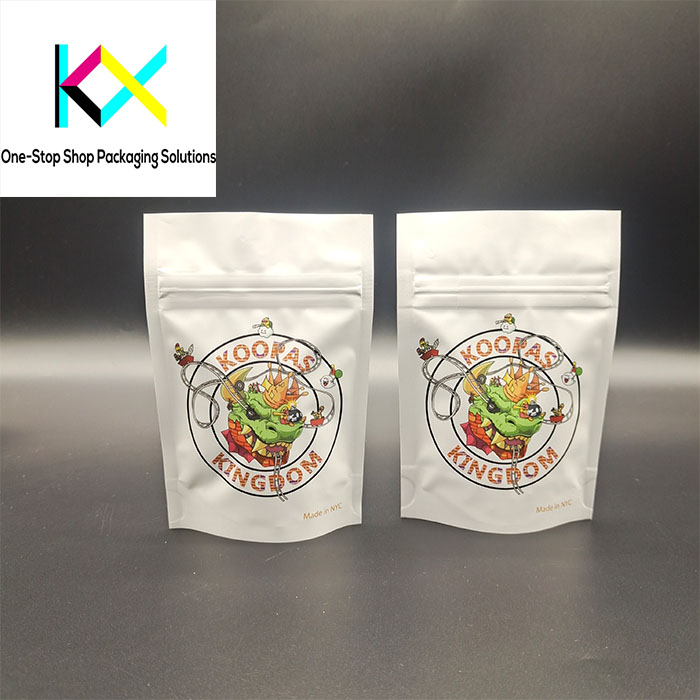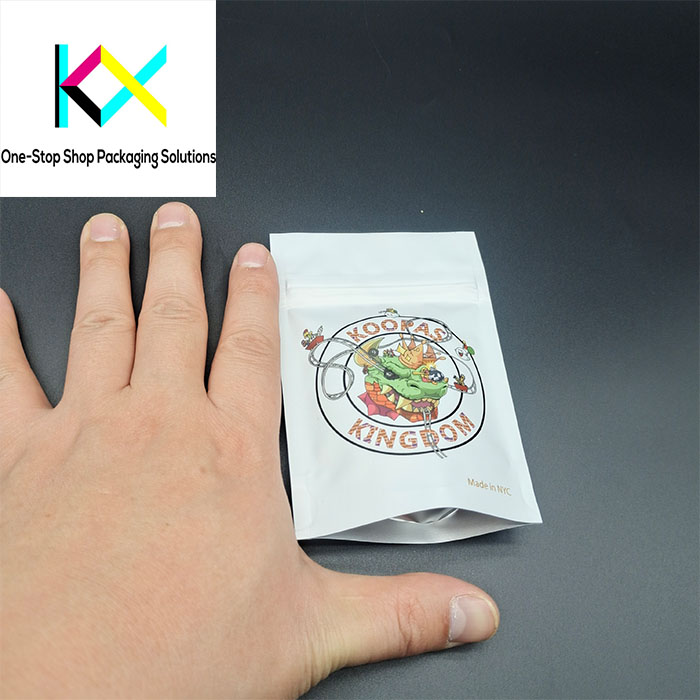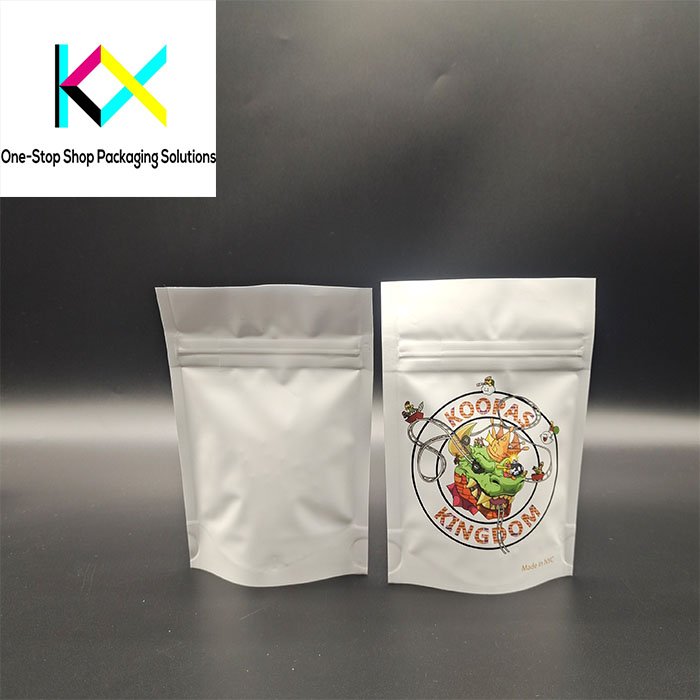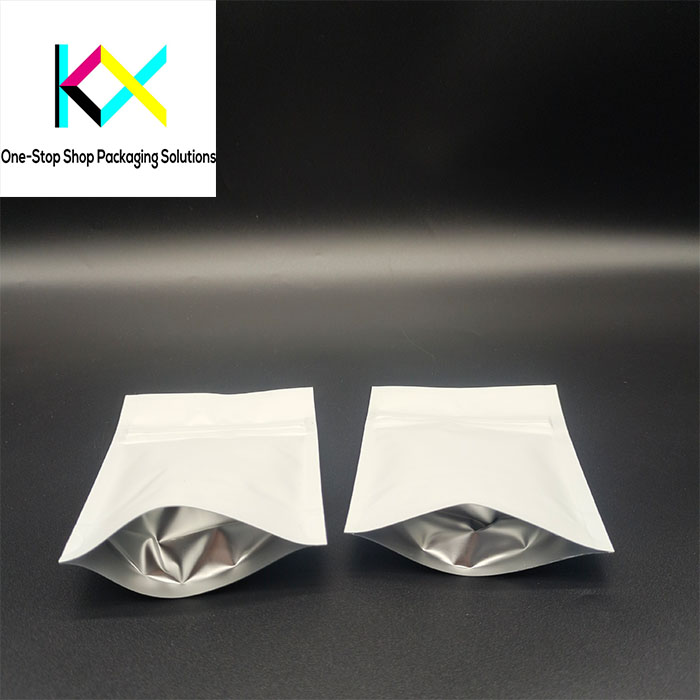Preserving Quality: The Evolution of Food Freshness Bags
In the dynamic landscape of food packaging, Food Freshness Bags have emerged as essential tools for extending shelf life and reducing waste. These specialized packages incorporate advanced materials and technologies to create optimal environments for perishable goods, balancing atmospheric conditions to slow spoilage while maintaining product quality. The development of modern Food Freshness Bags represents a significant advancement in food preservation, addressing both consumer demand for longer-lasting products and the industry’s need for sustainable solutions. As food supply chains become more complex and consumer expectations rise, the role of these bags continues to expand, making them indispensable in the global effort to reduce food waste.

The Art of Communication: Printed Packaging Bags as Brand Ambassadors
While functionality remains paramount, the visual appeal of packaging plays an increasingly important role in consumer decision-making. Printed Packaging Bags serve as mobile billboards, conveying brand identity and product information while capturing attention on crowded shelves. The evolution of printing technologies has transformed these bags from simple carriers into sophisticated marketing tools, enabling vibrant graphics, precise details, and complex designs that enhance brand recognition. Today’s Printed Packaging Bags must not only look appealing but also communicate essential information clearly while standing up to the rigors of handling and transportation.


Material Innovations: Balancing Protection and Sustainability
The ongoing push for environmental responsibility is driving significant changes in both bag categories. For Food Freshness Bags, this means developing new materials that maintain excellent barrier properties while incorporating recycled content or becoming compostable. Manufacturers are creating innovative films that control oxygen and moisture transmission rates with greater precision, using thinner gauges and mono-materials that are easier to recycle. Similarly, producers of Printed Packaging Bags are adopting water-based inks and solvent-free printing processes that reduce environmental impact without compromising visual quality. These advancements demonstrate the industry’s commitment to reducing its ecological footprint while maintaining performance standards.

Smart Technologies: Enhancing Functionality and Engagement
Technology integration is adding new dimensions to both types of bags. Food Freshness Bags now incorporate indicators that change color when products approach expiration or experience temperature abuse, providing visible quality assurance to consumers. Some advanced bags even include modified atmosphere technologies that actively regulate internal conditions throughout the product’s lifespan. For Printed Packaging Bags, smart features include QR codes that link to recipes, sustainability information, or authentication systems, creating interactive experiences that extend beyond the point of purchase. These technological enhancements transform passive packaging into active partners in product preservation and consumer engagement.

E-commerce Adaptation: Meeting Digital Marketplace Demands
The rapid growth of online grocery shopping has created new challenges and opportunities for both bag types. Food Freshness Bags must now protect products through longer supply chains with more handling points, requiring enhanced durability and more robust barrier properties. Designs are evolving to include resealable features that maintain freshness through multiple uses, which is particularly important for products that may be stored longer when purchased online. Printed Packaging Bags face the dual challenge of looking attractive in digital images while providing necessary protection during shipping. Many brands are developing e-commerce-specific designs that optimize for both digital presentation and physical durability.

Regulatory Compliance: Navigating Complex Requirements
Both packaging categories operate within increasingly strict regulatory frameworks. Food Freshness Bags must comply with food contact regulations in multiple markets, requiring careful material selection and rigorous testing to ensure safety. The industry is responding with enhanced traceability systems and compliance documentation that verify materials meet all relevant standards. For Printed Packaging Bags, regulations concerning ink composition, recycling labeling, and environmental claims are becoming more stringent. Manufacturers must navigate these requirements while maintaining the visual appeal and functionality that brands and consumers expect, creating a complex balancing act between compliance and market demands.
Future Directions: Personalized and Sustainable Solutions
Looking ahead, both packaging types are moving toward greater customization and environmental responsibility. Food Freshness Bags will likely incorporate more active and intelligent features that respond to specific product needs, with technologies tailored to different food types and quality requirements. The development of compostable barrier materials that match the performance of conventional plastics represents another important frontier. For Printed Packaging Bags, the future includes more personalized designs enabled by digital printing technologies, allowing for shorter runs and targeted marketing messages. Both sectors will continue to focus on reducing material usage while enhancing functionality, driven by technological advances and changing consumer expectations.
Conclusion: Packaging That Serves Multiple Masters
The evolution of Food Freshness Bags and Printed Packaging Bags demonstrates how modern packaging must satisfy diverse requirements: preserving product quality, communicating brand values, minimizing environmental impact, and complying with complex regulations. As both categories continue to innovate, they reflect the packaging industry’s ability to adapt to changing market conditions and consumer preferences. Through continued advancement in materials, technologies, and designs, these bags will play an increasingly important role in reducing food waste, enhancing brand communication, and supporting sustainable consumption patterns. Their ongoing development represents a meaningful contribution to both business efficiency and environmental responsibility in the global food system.
You can visit our website to know more about our flexible packaging pouch:
